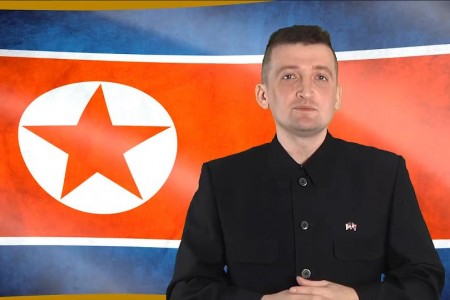” Yes, I’m a Witch.” A Conversation with Milly Cardoso
Milly Cardoso was born and raised in Miami, Florida and is the Director and Curator for the University of Miami Gallery in the Wynwood Art District. Prior to joining University of Miami, she worked for the Miami Art Museum (Pérez Art Museum, Miami) and the Mitchell Wolfson, Jr. Private Collection.
Milly is currently organizing an all-female group exhibition titled ” Yes, I’m a Witch” to be presented at FATVillage Projects on September 24 – October 28, 2018, strongly supporting the works of local artists residing in South Florida.
I decided to chat with Milly about America’s obsession with the topic, what or who determines a witch and the ” mass hysteria” ( of sorts) we still face today.
Interview with Milly Cardoso:
BB: From my understanding, it’s been stated, you title the exhibitions you curate after songs? Why is that?
MC: Not for every exhibition, but yes, I’m very inspired by music. Lyrics inspire me. I hear a great lyric and think “that would make a fantastic exhibition.” I like every genre; I feel sorry for people who only listen to one form of music. They don’t know what they’re missing.
BB: What song, in particular, has most personally affected an exhibition? How so?
It’s difficult to pick a favorite, but it would have to be Clang, Boom, Steam. It’s an exhibition I curated in 2013 with male artists that focused on the state of masculinity in contemporary art. Clang, Boom, Steam is a song by Tom Waits. It’s only 52 seconds long, but it delivers so much testosterone in 52 seconds. I love Tom Waits; the guys were enamored with the song as well.
BB: Are the songs you adopt linked with an underlying meaning? For example, you have a future exhibition titled “Yes, I’m a Witch,” by Yoko Ono, is this correct?
MC: Yes, that’s correct. I’ve been working on this exhibition for over a year, and it will open to the public this September. The exhibition is titled after Yoko Ono’s 1974 song, “Yes, I’m a Witch.” There’s a verse in the song, “Yes, I’m a witch, I’m a bitch. I don’t care what you say. My voice is real, my voice is truth. I don’t fit in your ways”.
The exhibition explores feminism, the witch trials, and the mysticism surrounding witches. There’s always been a desire to punish strong women. Exuding feminine strength wasn’t acceptable then and it’s still a problem now. I think the 2016 election is a great example of that. I remember when I was 15 I saw an interview with Sharon Stone. She said, “If you have a vagina and a point of view, that’s very threatening.” Her words really stuck with me, and I don’t think at the time I really understood what it meant, I know now.
I’m inspired by women like Joan of Arc, Cleopatra, Anne Boleyn to Hilary Clinton, Maxine Waters, Catherine Scalia, Yoko Ono and many more. I want this show to be an ode to the strong woman who goes against societal norms. The woman that owns her power and sexuality and challenges the patriarchy.
BB: Does the song reflect the continuing issues happening today, such as Harvey Weinstein sexual allegations claims and the #Metoo movement (where millions of women joined in protest) rather, chimed in their own personal stories when Alyssa Milano erupted social media with the #Metoo hashtag?
MC: Yes, I’m a Witch came out in 1974 before the movement, but Yoko Ono was championing women way before then. I think the Me Too movement still has a long way to go. However, I strongly support any movement that encourages women to speak up. I think the song is an affirmation, it’s about owning the word. The word ‘witch’ is not a bad word, however, it’s used to silence and ridicule women.
A perfect example is Sinéad O’Connor, who tore a photograph of Pope John Paul II on Saturday Night Live. She’s an artist I respect very much, and I love her music. Her career was ruined for speaking out against the Catholic Church. Turns out she was right. There was a problem then, and there’s a problem now. Everyone turned against her, made fun of her, and the church did whatever it could to silence her, even accusing her of black magic. She’s overdue an apology, a big one at that.
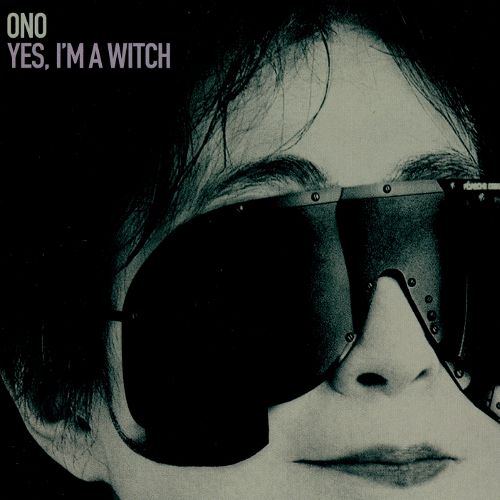
In the exhibition ” Yes, I am witch”, are you examining the topic through the lens of the artist’s perspective? Will there be works exemplifying all types of women ostracized through historical accounts and contemporary issues? Are you also investigating how women “witch” each other out?
MC: The decades of good work Tarana Burke has done for the Me Too movement is unsurpassed. We also can’t overlook the fact that Alyssa Milano is a celebrity with a bigger following that helped contribute to the movement. I think Tarana Burke and Alyssa Milano are working towards the same goal. All women have struggled to be part of the conversation and it’s easy to see how women are negatively regarded in our society. Case in point, “Grab ’em by the pussy.” And no, I will never stop referencing that because it happened, we have a president asserting that women should be treated as objects. It was disheartening to see how many women still voted for him.
The artists whom all originate from different backgrounds and interests will be working in a variety of media. Some artists will share their take on the folklore surrounding witches, while others focus on the issues women face today.
BB: The example of Ms. Burke is to emphasize how white women support one another and how it seems their voices carry substance and credibility while the non- white communities are not given validation. Don’t you think this is another form of a witch hunt?
MC: Unfortunately, it’s an unjust society. Every white person benefits from white privilege, it doesn’t mean they don’t face their own struggles. I think we need to take advantage of white privilege and use it to fight the system that unfairly created it.
BB: Through history and cultural research, we learned that many cultures believed in the mystic, practiced rituals, honed in on nature as medicine and looked on the cosmos for answers. It was sacred and those who performed the mystic were honored as demi-gods and superior beings. Quite a contrast to the witch hunts that took place in the New World ( early American colonies) after 1692/93. But it wasn’t just the practice that was sentenced: any type of sexual expression and/or liberation was too. Do you think that society still has this backward way of thinking (although we’d like to convince ourselves we have progressed through time)?MC: Anything we don’t understand is immediately categorized as evil. If somebody sees a spider on a wall, the first urge is to kill it. If it’s intimidating and doesn’t fit the norm, we want to destroy it or ban it. In Yes, I’m a Witch a few of the artists will explore rituals along with other women’s issues, like menstruation. Which to this day it’s still dismissed and ridiculed as disgusting.
BB: There was an article written in Forbes magazine where the author Margie Warrell discusses why women need to “stop talking themselves down” and actually defines this as “out of power language”: which is when women excuse their actions or opinions and “use patterns of speech that keep us from showing up our brilliance, power, and presence.” The article provided examples that reminded me of the metaphysical concept, what one says will be, what one states will manifest or be careful of what you say. When specialists describe witches, they portray the woman as one who is able to tap into a higher state of consciousness and/or manipulate time and space hence manifesting realities. Wouldn’t you say that the “out of power of language” concept the author refers to is a bit similar to chanting, casting spells or manifestation but is explained from a psychological perspective because it is easier to communicate to a larger audience who may not believe in “mystic” speech?
MC: That might be some people’s description of a witch, but is that reality? Do witches really manipulate time and space to manifest reality? I don’t think so, but I do believe in the power of language. Calling a woman a witch isn’t too different from calling her a whore. It’s a way of shaming women to “behave” and discourages other women from following in their footsteps. I think the best way to support all women is to make sure decisions like Roe V. Wade are never overturned.
BB: Isn’t it obvious that woman was labeled witch because it was easy to kill off a gender who was not afraid to use natural power ( who apparently knew how to use it from the beginning of time)?
MC: I think witches were the first true radical feminists. They weren’t deceived by patriarchal indoctrination, and it created an evil persecution of women wrongly accused of being witches. The term is still used by the patriarchy to silence and punish women. It’s also a form of censorship of women’s power and sexuality. Women who were accused of witchcraft were often shaved as a form of torture. Anything that was deemed problematic or a symbol of vanity had to be destroyed.
BB: Why did you select the group of female, Miami based artists for the exhibition ” Yes I am Witch”?
MC: I like to support local artists, and I knew the artists selected such as yourself would be passionate about the theme and create powerful work. There are thirteen artists; coincidentally, it’s the perfect number for a coven.
BB: My last question deals with contemporary society’s obsession to turn the taboo into marketable trends. What do you think about the latest witch craze? It seems now it is a trend for women to call themselves witches and sisters of the dark moon. Do you think it’s authentic?
MC: I love the freedom of expression; I don’t mind women calling themselves witches. I think different opinions is what makes our society thrive. As consumers, we need to do our own research.
” Yes, I’m a Witch” opens to the public on Saturday, September 29th 6pm to 11pm. Location: Fat Village, Fort Lauderdale (521 NW 1st Avenue), Florida.
See you there.
*Yoko Ono image courtesy of AllMusic.com
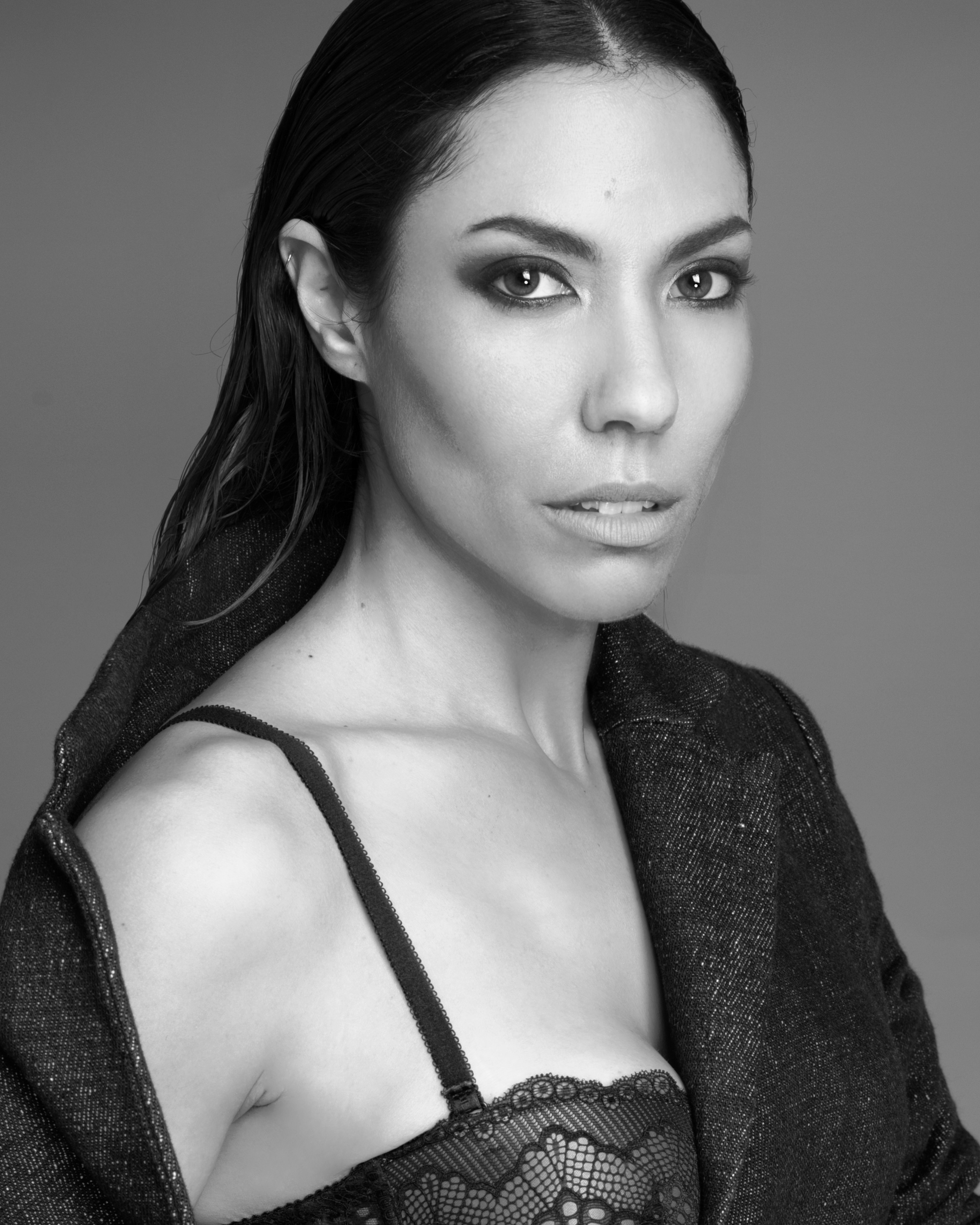
Photo by Dwayne Tucker
– Beláxis Buil

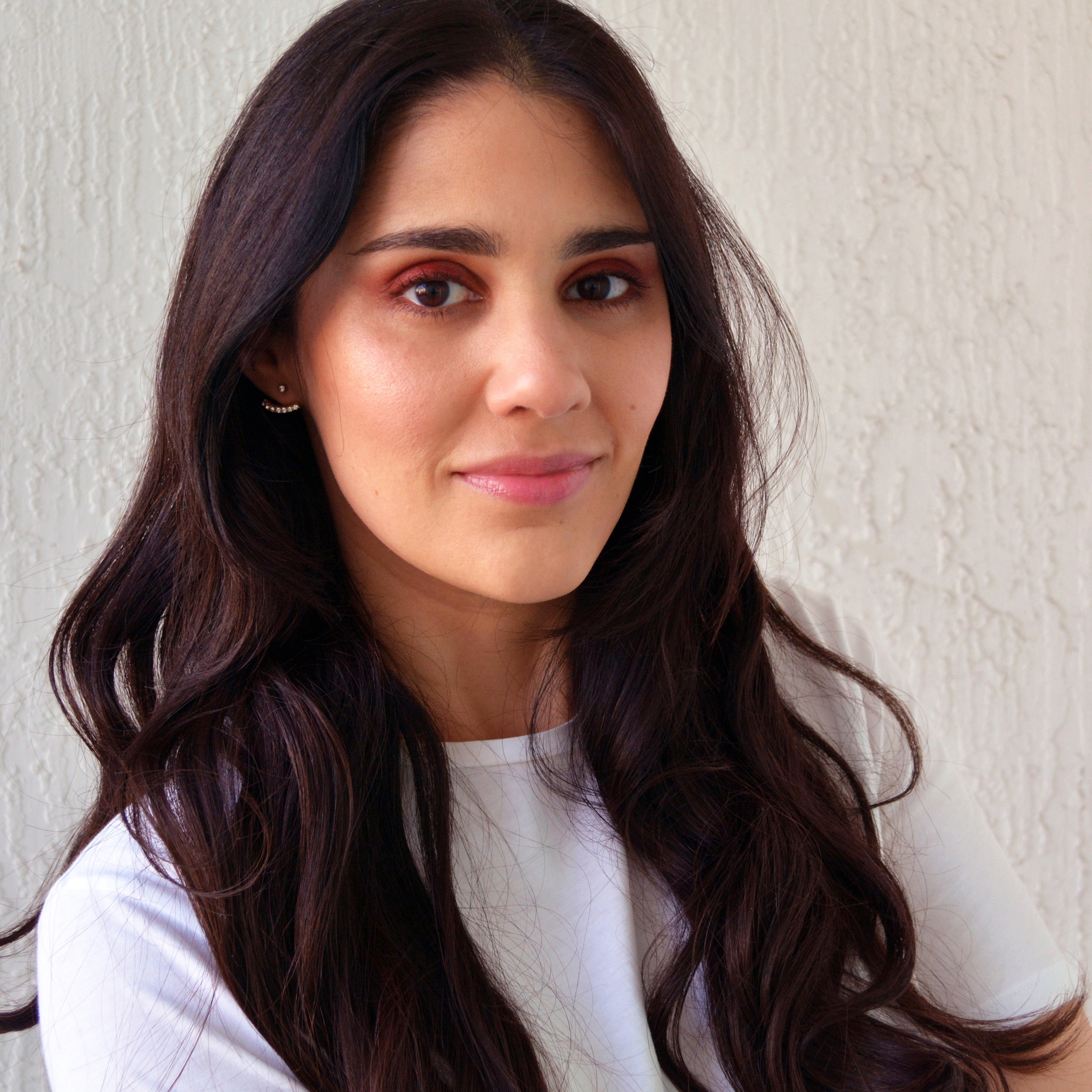
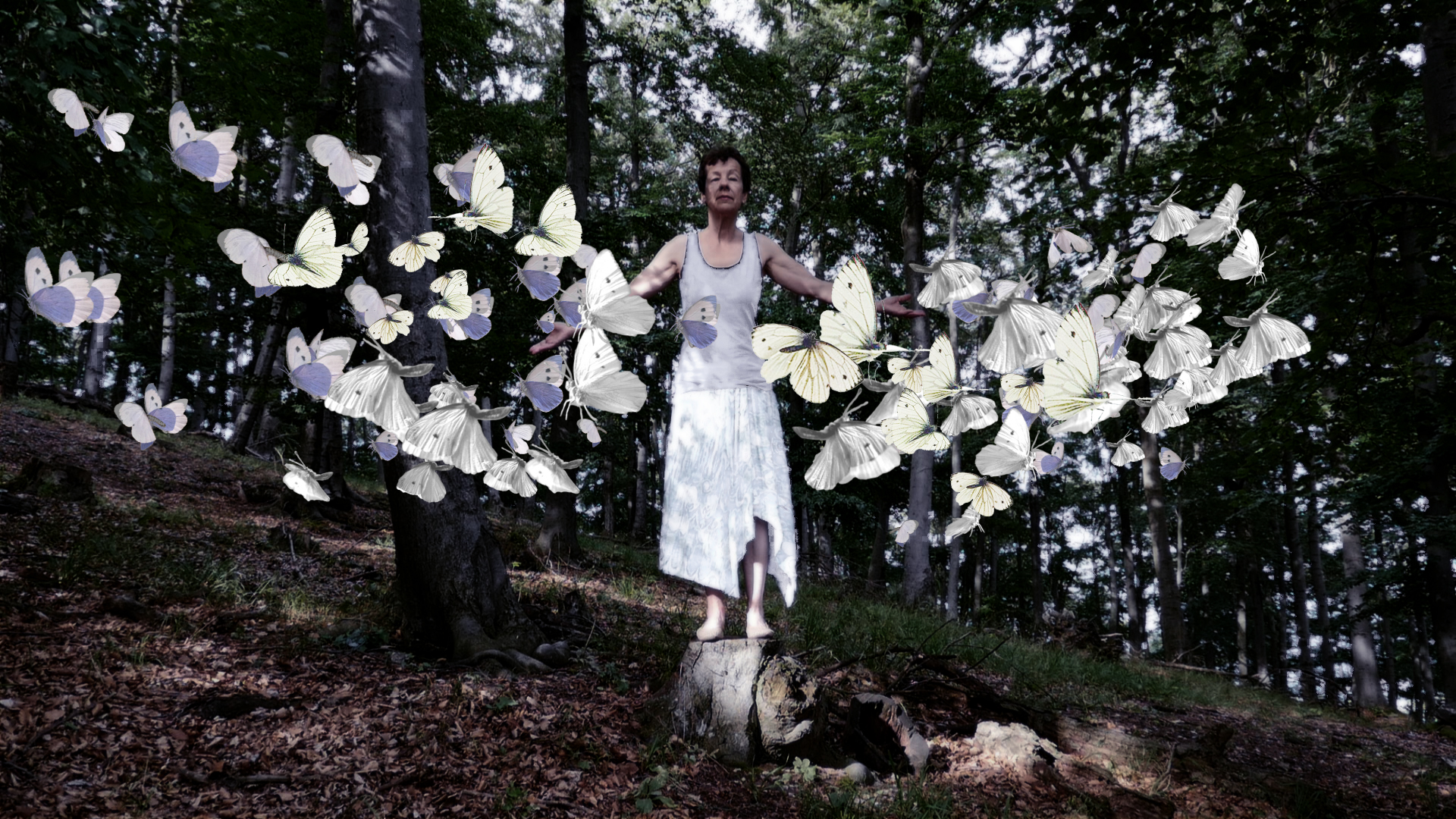

![103.the feeder[1]](https://www.artforprogress.org/wp-content/uploads/2018/08/103.the-feeder1.jpg)

